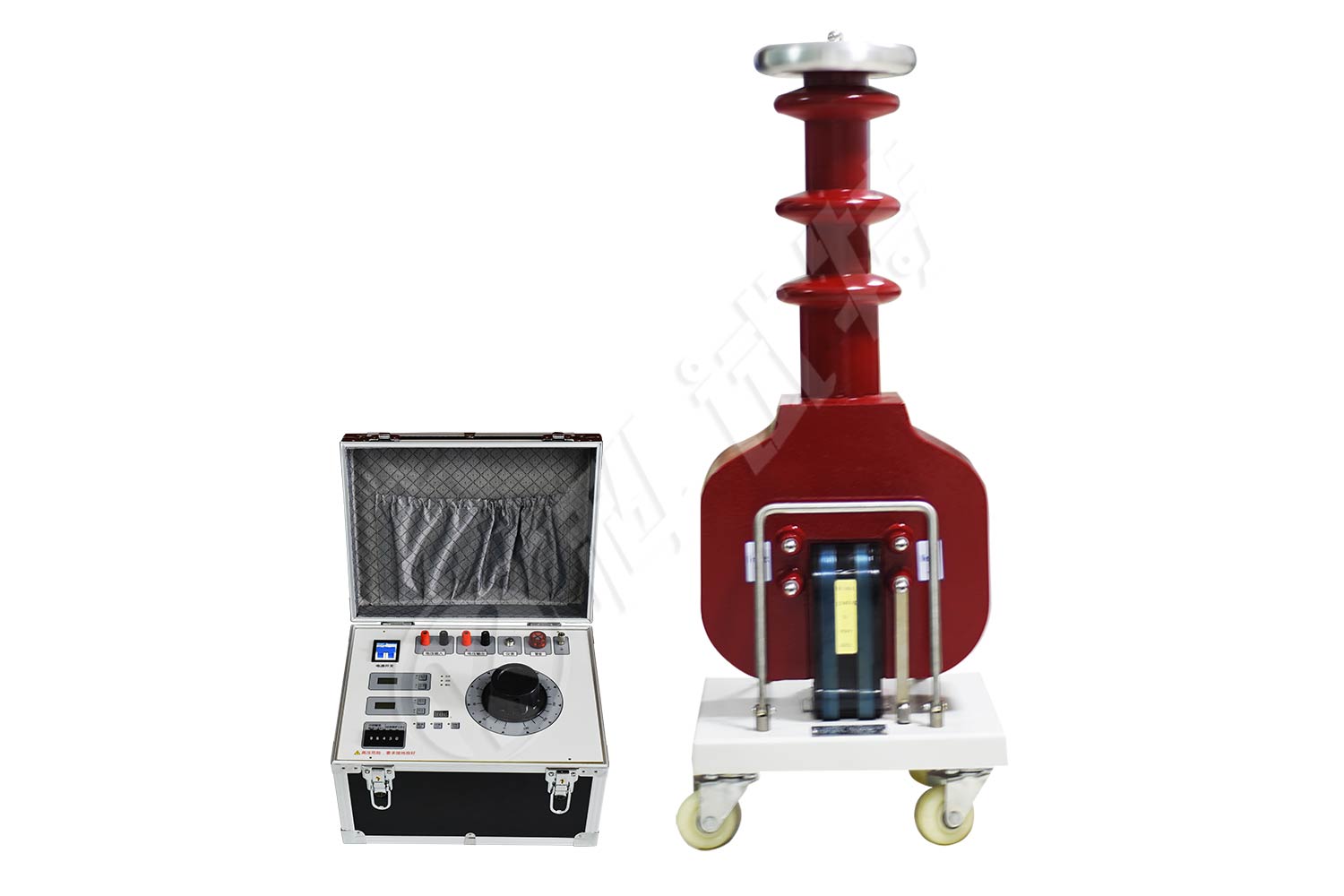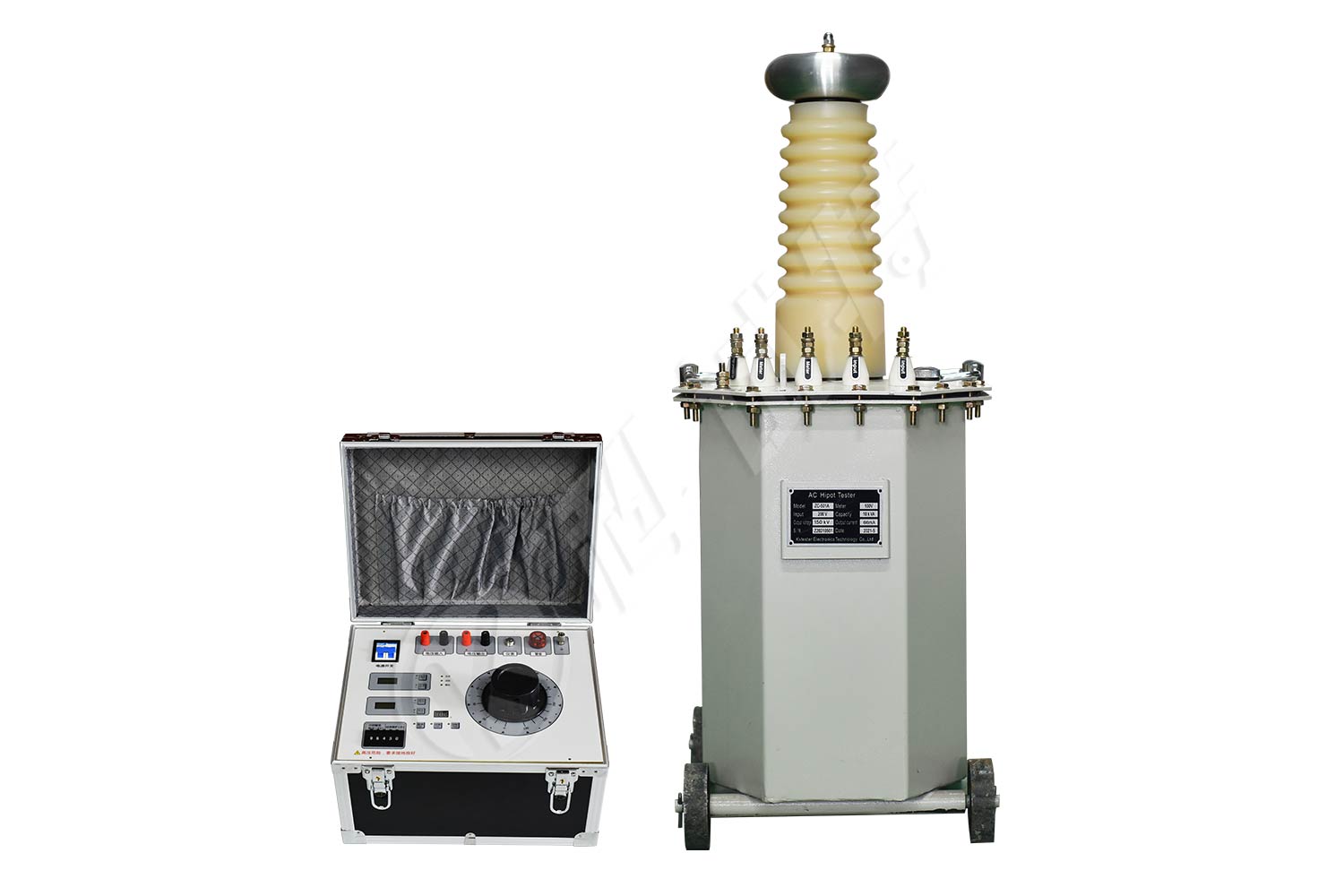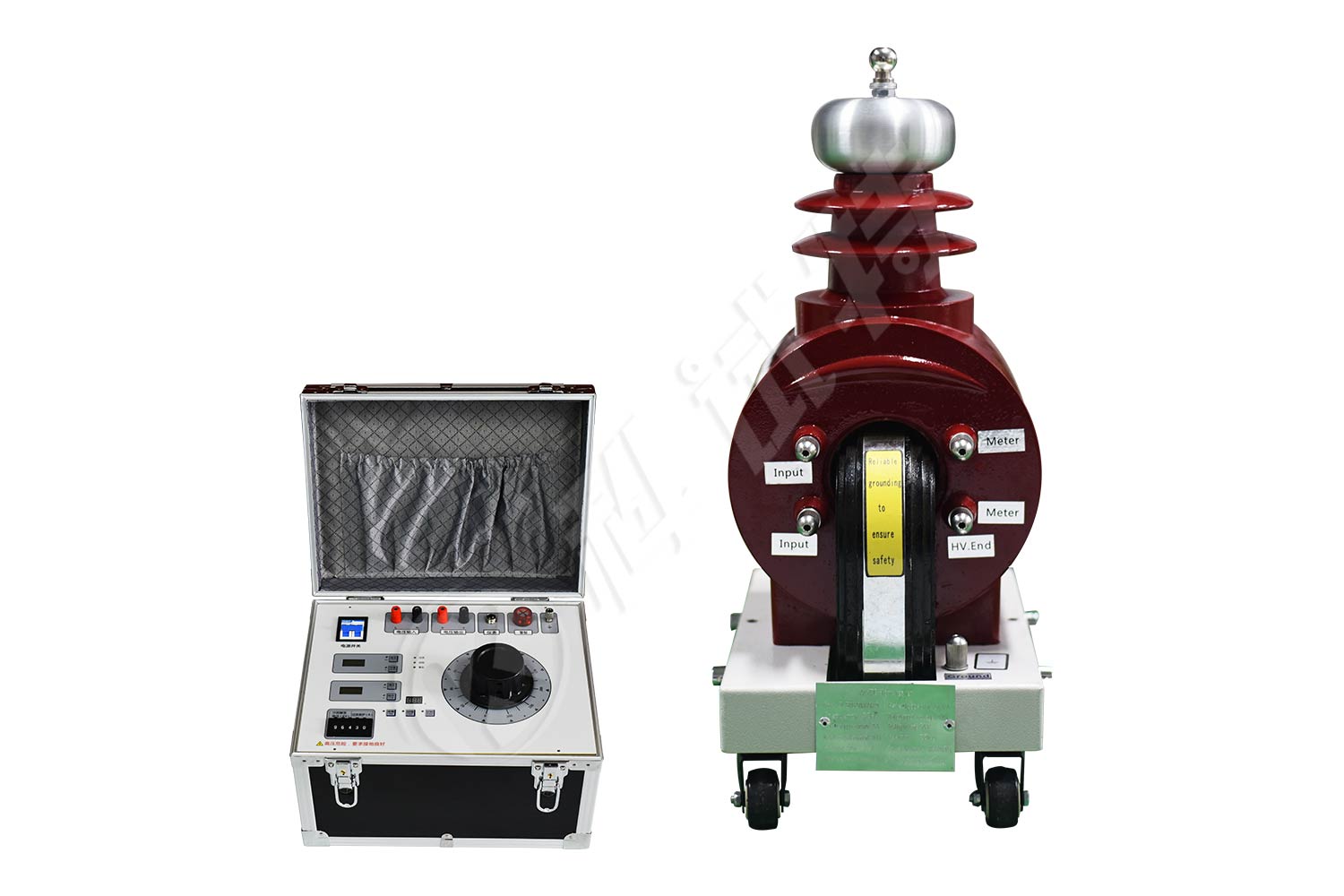Power transformer is a static power equipment that changes the magnitude of AC voltage, and is one of the core equipment in the power system. In the process of energy transmission and distribution, power transformer is the core of energy conversion and transmission, and is a necessary path for various industries and households in the national economy to source energy. If a transformer malfunctions, it will affect the safe and stable operation of important equipment in the power system. Once an accident occurs, it will cause significant economic losses. Analyze various power transformer accidents, identify the causes, summarize methods for handling accidents, control accident losses within the minimum range, and minimize damage to the system as much as possible.

1. Winding fault
There are mainly inter turn short circuits, winding grounding, phase to phase short circuits, wire breaks, and joint welding. The reasons for these faults are as follows:
① During manufacturing or maintenance, local insulation is damaged, leaving defects;
② Due to poor heat dissipation or long-term overload during operation, debris may fall into the winding, resulting in excessive temperature and insulation aging;
③ Poor manufacturing process, insufficient compression, mechanical strength unable to withstand short circuit impact, resulting in winding deformation and insulation damage;
④ Damping of the winding, insulation expansion, blockage of the oil duct, causing local overheating
⑤ The insulation oil deteriorates due to the mixing of water, or the contact area with the air is too large, resulting in a high acid value of the oil, a decrease in insulation level, or a low oil level. Some windings are exposed to the air and cannot be treated in a timely manner.
Due to various reasons mentioned above, insulation breakdown during operation can cause short circuits or grounding faults in the windings. The fault phenomenon during inter turn short circuit causes the overheating oil temperature of the transformer to increase, the power side current to slightly increase, the DC resistance of each phase is unbalanced, and sometimes there is a squeaking and bubbling sound in the oil. A slight inter turn short circuit can cause gas protection action; In severe cases, differential protection or overcurrent protection on the power side will also operate. Discovering inter turn short circuits should be dealt with promptly, as inter turn short circuits in windings often cause more serious faults such as single-phase grounding or inter phase short circuits.
2. Bushing failure
This type of malfunction is commonly caused by explosion, flashover, and oil leakage, which can be caused by:
① Poor sealing, poor insulation due to moisture, or oil leakage;
② Improper configuration of respirators or failure to handle inhalation of moisture in a timely manner;
③ Capacitor bushings are generally used on the high-voltage side of transformers (110kV and above), which may have sand holes or cracks due to poor porcelain quality;
④ There are defects in the manufacturing of the capacitor core and internal free discharge;
⑤ Severe scaling of the casing.
3. Core failure
① The insulation between silicon steel sheets is damaged, causing local overheating and melting of the iron core;
② The insulation of the through bolt clamping the iron core is damaged, causing a short circuit between the silicon steel sheet of the iron core and the through bolt;
③ Residual welding slag forms a two-point grounding of the iron core;
④ The top and middle of the transformer oil tank, and between the upper casing flange, barrel skin and casing of the oil tank. Internal iron cores, winding clamps, and other components generate heat due to local magnetic leakage, causing insulation damage.
After the transformer malfunctions during operation, if it is determined that it is a winding or iron core fault, the core should be suspended for inspection. Firstly, measure the DC resistance of each phase winding and compare it. If the difference is significant, it indicates a winding fault. Then conduct an appearance inspection of the iron core, and measure the insulation resistance between the pieces using the DC voltage and ammeter method. If the damage is not significant, paint the damaged area.
4. Gas protection fault
Gas protection is the main protection of transformers, with light gas acting on signals and heavy gas acting on tripping. The following is an analysis of the causes and handling methods of gas protection actions:
① The reason for the gas protection action may be that the oil filtering, refueling, and cooling systems are not tight, causing air to enter the transformer;
② Slow decrease in oil level due to temperature drop and oil leakage; Or a small amount of gas is generated due to transformer failure;
③ Caused by a transient short circuit fault;
④ Due to secondary circuit failure of the protection device.
After the light gas protection action, a signal is issued. The reason is that there are minor faults inside the transformer, air inside the transformer, secondary circuit faults, etc. The operating personnel should immediately inspect, and if no abnormalities are found, gas sampling analysis should be conducted. There may be serious internal faults in the transformer, causing oil to decompose into a large amount of gas, or secondary circuit faults. In case of gas protection action tripping, the backup transformer should be put into operation first, and then external inspection should be conducted. Check the explosion-proof door of the oil conservator, whether each welding joint is cracked, and whether the transformer shell is deformed; Finally, check the flammability of the gas.

5. Handling of automatic tripping of transformers
When the transformer in operation trips automatically, the operating personnel should quickly take the following measures:
① When the circuit breakers on each side of the transformer automatically trip, operate the control switch of the tripping circuit breaker to the position after the trip, and quickly put the backup transformer into operation, adjust the operation mode and load distribution, and maintain the operating system and its equipment in a normal state;
② Check what type of protective action the lost card belongs to and whether the action is correct;
③ Understand whether the system has faults and the nature of the faults;
④ If the following situations occur and the leader agrees, the power supply can be tested without inspection: the circuit breaker trips due to human accidental touch protection; Obvious misoperation and tripping of protection; The transformer only operates with low voltage overcurrent or limited time overcurrent protection, while tripping the lower level equipment of the transformer and its protection does not operate, and the fault has been removed, but the trial power supply is only allowed once;
⑤ If the main protection action is differential, heavy gas, or current quick break, and there is an impact phenomenon during the fault, a detailed inspection of the transformer and its system is required, power outage, and insulation measurement. Before identifying the cause, it is prohibited to put the transformer into operation. It must be pointed out that no matter whether the system has a backup power supply or not, it is absolutely not allowed to forcefully send transformers.
6. Transformer on fire
Transformer fire is also a dangerous accident, as there are many combustible substances in the transformer, which may explode or expand the fire if not handled in a timely manner.
The main reasons for transformer ignition are:
① Damage and flashing of the casing, oil flowing out under the pressure of the conservator and burning on the top cover;
② The internal fault of the transformer caused the shell or radiator to break and the burning transformer oil to overflow.
If the transformer catches fire, the following measures should be taken promptly:
① Disconnect the circuit breakers on each side of the transformer, cut off the power supply on each side, and quickly switch on the backup transformer to restore power supply;
② Stop the operation of the cooling device;
③ When the main transformer and high voltage auxiliary transformer catch fire, the generator should be disconnected first;
④ If the oil burns on the top cover of the transformer, the lower emergency drain valve should be opened to drain the oil to the appropriate position. If there is a fire inside the transformer, oil cannot be discharged to prevent the transformer from exploding;
⑤ Quickly use fire extinguishing equipment to extinguish the fire. For example, use dry fire extinguisher or foam fire extinguisher to extinguish the fire. Notify the fire brigade to extinguish the fire if necessary. When such accidents occur, the transformer protection should act to disconnect the circuit breaker. If the circuit breaker is not disconnected due to a malfunction, manual action should be taken to immediately disconnect the circuit breaker and open the isolation switch that may lead to the transformer power supply.

7. Tap changer fault
Common faults are surface melting and burning, discharge of interphase contacts or discharge of various joints. The main reasons are:
① Loose connection screws;
② Poor and improper adjustment of the load adjustment device;
③ Poor insulation of the tap insulation board;
④ Insufficient soldering of the joint, poor contact, poor manufacturing process, and insufficient spring pressure;
⑤ The high acid value of the oil causes corrosion on the contact surface of the tap changer.
Due to the fact that accidents are generally not single, but multiple and developing, and the potential main fault points are relatively hidden, coupled with the special nature of the fault. Therefore, in order to ensure the safe and stable operation of transformers and power grids, and to handle accidents correctly, we should always grasp the following situations:
① System operation mode, load status, and load type
② The upper oil temperature, temperature rise, and voltage of the transformer;
③ Weather conditions at the time of the accident;
④ Is there any maintenance or other work around the transformer;
⑤ Whether the operating personnel have operated;
⑥ Is there any operation in the system;
⑦ What kind of protective action, accident situation, etc. Strengthen the inspection of transformer operation, carry out routine maintenance work, timely eliminate equipment defects, conduct regular maintenance and preventive tests, try to avoid transformer accidents, and reduce the impact of accidents on the power grid and electrical equipment
Kvtester Electronics Technology Co.,Ltd. is a high-tech enterprise specializing in power testing, testing, research and development, production, and sales of testing equipment. It has been engaged in the electrical testing industry for many years, and its products are of high quality. We welcome customers to come and purchase.







